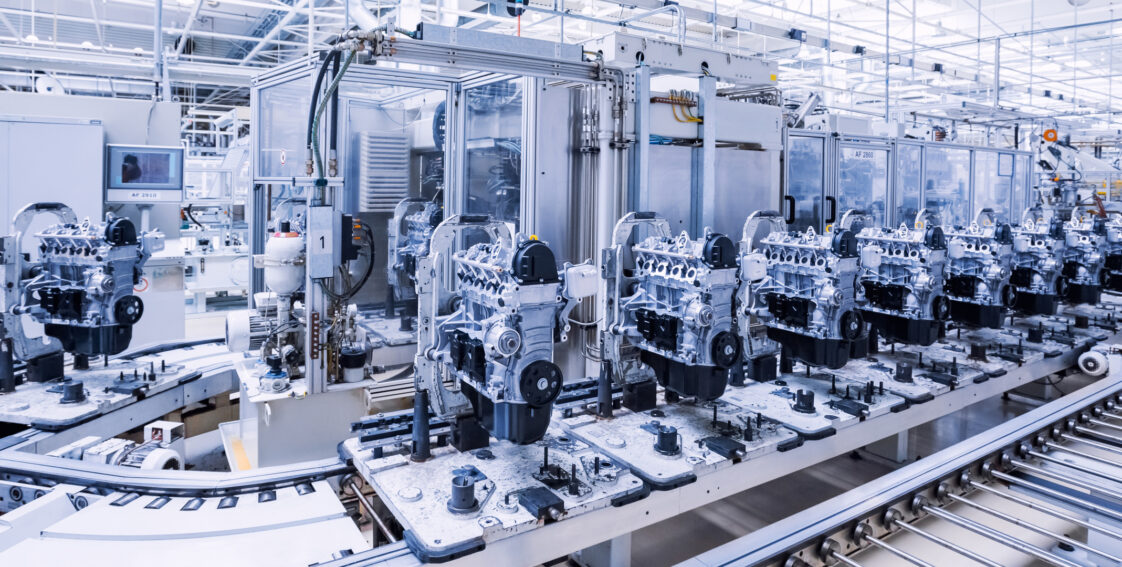
Benefits of Scan-to-Path™ Metrology for Automotive Manufacturing
Measuring critical dimensional tolerances of semi-finished and finished parts is vital throughout the automotive manufacturing and assembly process. The slightest material inclusion, void, anomaly, or uneven surface finish can quickly lead to component and integrated assembly failure. One way to quickly identify and prevent defects during your manufacturing process is by implementing Scan-to-Path® metrology technology.
In this month’s blog post, we’ll highlight some of the common automotive manufacturing challenges, how Scan-to-Path™ technology addresses these challenges, and how to integrate automated metrology equipment into your facility.
Metrology Challenges
As an automotive manufacturer, you are challenged every day by the need for both speed and efficiency. Your manufacturing processes must be optimized to reduce waste and component defects, but you must also be able to meet high consumer demands.
It’s also vital that defects and other issues are immediately identified and corrected long before the final QC/QA inspection. Waiting until the final stage to catch out-of-tolerance parts only creates a backlog in the process. At the same time, devoting critical operators and resources as a means of capturing in-process defects is a costly pursuit, and one that rarely produces results.
So…how does Scan-to-Path™ technology address these challenges?
Scan-to-Path™ Benefits
QC Plus™ metrology systems with Scan-to-Path™ software are capable of automatically adapting processes as defects or changes are found. Measure microscopic data on surface profiles and part geometries then use that measurement to guide your downstream process.
The ability to measure surface profiles and part geometries in real-time improves efficiencies, reduce defects, and increase throughput. The end result is an integrated system designed to lower your costs, reduce waste, automatically adjust processes in real time, and give you the critical data you need to enact corrective actions upstream.
Upgrade & Integrate
Now that you understand the capabilities and benefits of Scan-to-Path™ technology, you may be wondering how you can integrate it into your existing manufacturing process.
The first step is to research. Understand your specific needs and goals, as well as what automotive metrology solutions are available to you.
Secondly, be sure to create a set of realistic goals that address why you want to integrate Scan-to-Path™ solutions. Writing down these goals will also make it easier to measure the overall success of your new system.
Lastly, address the integration with your production team. They should know exactly what to expect from this integration, and should also receive thorough training on how to use this new technology.
Do You Need Help Improving Your Automotive Manufacturing Processes?
At MAS, we understand the unique challenges that you face. If you still have questions about Scan-to-Path™ technology, our experts are ready to help. We specialize in providing custom 3D measurement solutions and can help you find and integrate the right automotive metrology system. Please fill out our online form today to book a consultation with a team member.
